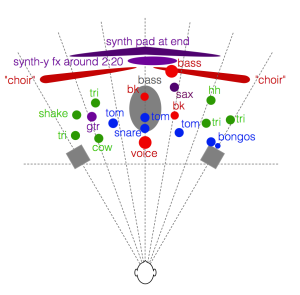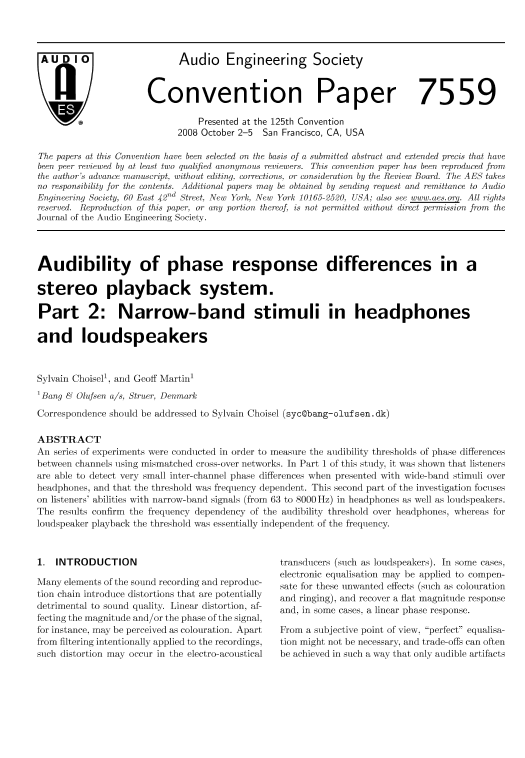There is nothing cast in stone. I *do* listen to classical music a lot. The instruments up front are typically way more defined in their place, the stuff in the back becomes a tad less defined (I will not claim I hear "depth layering", I just think classical music orchestras are arranged on purpose to feature the typical solo-ists up front). It is also the way it sounds if you score the best seats in a classical concert hall.I tried that video a while back, the guy is waaay too irritating for me. Also, classical music: who can make sense of that? But I love a good vectorscope.
More seriously, I understand the comment about different behaviour at different frequencies and agree (normal nonlinearities in the recording/reproduction/hearing processes, surely?) but his key point was that inter-channel time difference should trump amplitude difference, but for people here so far, it seems it doesn't.
And I agree that every room reacts differently to different frequencies, and that is one of the biggest challenges (and biggest improvements) we address to extract maximum performance.



